Imagine a world where epic gladiator battles unfold beneath your feet, invisible to most human eyes. In the sunburnt wilds of Australia, ants have turned survival into a full-contact sport. Fierce, clever, and surprisingly strategic, these tiny titans have honed fighting techniques so advanced, it’s as if they’ve developed their own martial arts. Nature’s smallest warriors wage daily wars in the dirt, each clash a breathtaking display of power, agility, and pure determination. You might never look at an ant the same way again.
The Wild Arena of Australia’s Outback
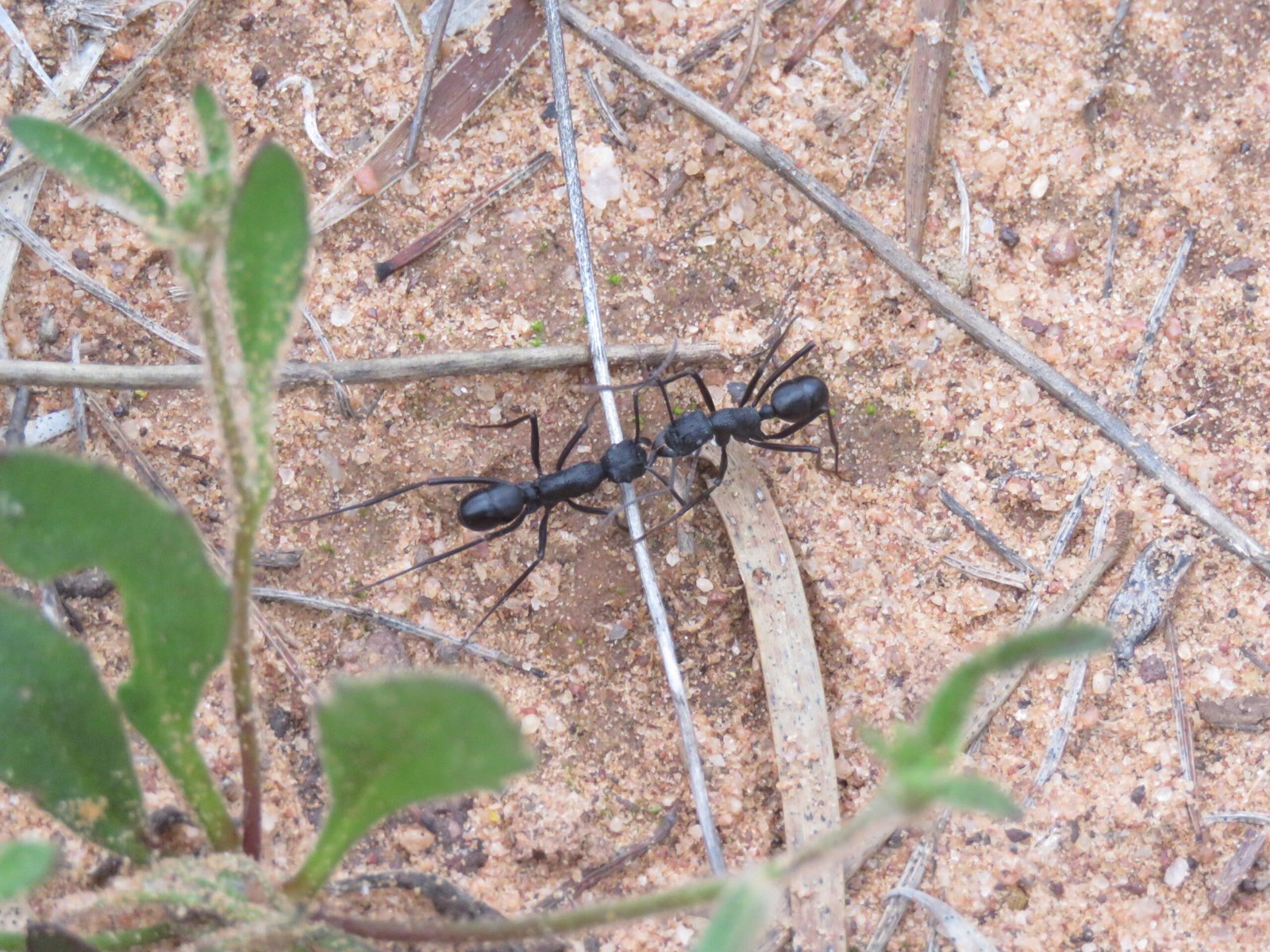
Australia’s vast and rugged landscapes are home to some of the world’s most extreme environments. Here, only the toughest creatures survive, and ants are no exception. Forged by relentless heat, fierce predators, and scarce resources, Australian ants have evolved to become some of nature’s most formidable fighters. The competition for food and territory is so intense that ants have developed unique combat skills. Each ant colony operates like a small army, with scouts, warriors, and strategists ready for action at a moment’s notice. In these miniature arenas, every fight is a battle for survival, and the stakes couldn’t be higher.
Ants With Attitude: The Bull Ant’s Fearless Style
One of the most notorious of Australia’s ant martial artists is the bull ant. These giants of the ant world combine brute strength with razor-sharp reflexes. Bull ants don’t just rely on numbers; they use their powerful mandibles and venomous stings with deadly precision. When threatened, a bull ant will stand its ground, rise up on its hind legs, and challenge intruders with a fearless display of aggression. Their movements are calculated, almost like a boxer squaring up in the ring. It’s not just about brute force; it’s about timing, intimidation, and knowing exactly when to strike.
The Acrobat Ants: Masters of Grappling and Throws
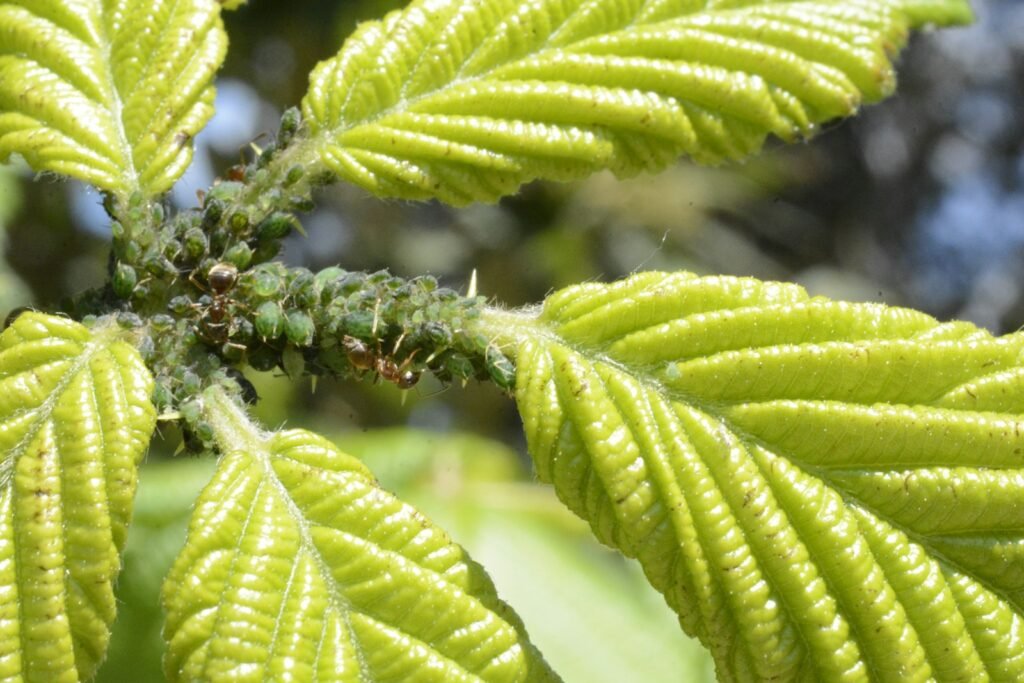
Acrobat ants, true to their name, have taken ant combat to an aerial level. These agile fighters use their bodies like gymnasts, flipping and twisting with astonishing speed. When confronted by an enemy, an acrobat ant can grab its opponent and hurl it off a branch or leaf, using gravity as a weapon. Their grappling abilities allow them to immobilize rivals or eject them from the battlefield entirely. Watching acrobat ants fight is like witnessing a wrestling match in miniature, complete with throws, holds, and unexpected reversals. Their flexibility and balance give them a unique edge in the chaos of ant-on-ant combat.
Trap-Jaw Ants: Lightning-Fast Strikes
Among the most jaw-dropping fighters are the trap-jaw ants, whose namesake mandibles snap shut with incredible speed and force. These ants don’t just bite—they launch attacks at speeds that rival the blink of an eye. Scientists have measured their jaws closing at more than 200 kilometers per hour, turning their heads into living bear traps. In a fight, a trap-jaw ant can use its jaws to strike, capture prey, or even fling itself out of danger. The precision and speed of their attacks are reminiscent of martial arts masters who rely on quick, decisive movements to overpower their opponents.
Green Tree Ants: Teamwork and Tactical Coordination
Green tree ants, also known as weaver ants, have elevated ant warfare to a level of coordinated chaos. These ants work together like a synchronized fighting squad, overwhelming intruders with sheer numbers and flawless teamwork. When defending their nest, green tree ants will swarm an enemy, holding it down and biting from every direction. Their attacks are not just random; each ant knows its role, whether it’s grappling, biting, or immobilizing. This collective combat style is similar to martial arts teams that train in group techniques and coordinated maneuvers to defeat stronger opponents.
Headbutting Champions: The Meat Ants’ Shoving Matches
Not all ant battles are about biting and stinging. Meat ants, a dominant force in many Australian habitats, prefer a different tactic—they fight with their heads. When rival colonies clash, meat ants engage in dramatic shoving matches, pushing each other back and forth like sumo wrestlers. The aim is to overpower the opponent through sheer physical force, driving them away from valuable resources. These head-to-head confrontations can involve hundreds of ants at once, turning the ground into a living, writhing mass of determination and stamina. It’s a contest of willpower as much as strength.
Venom Warriors: The Stinging Strategies of Jack Jumpers
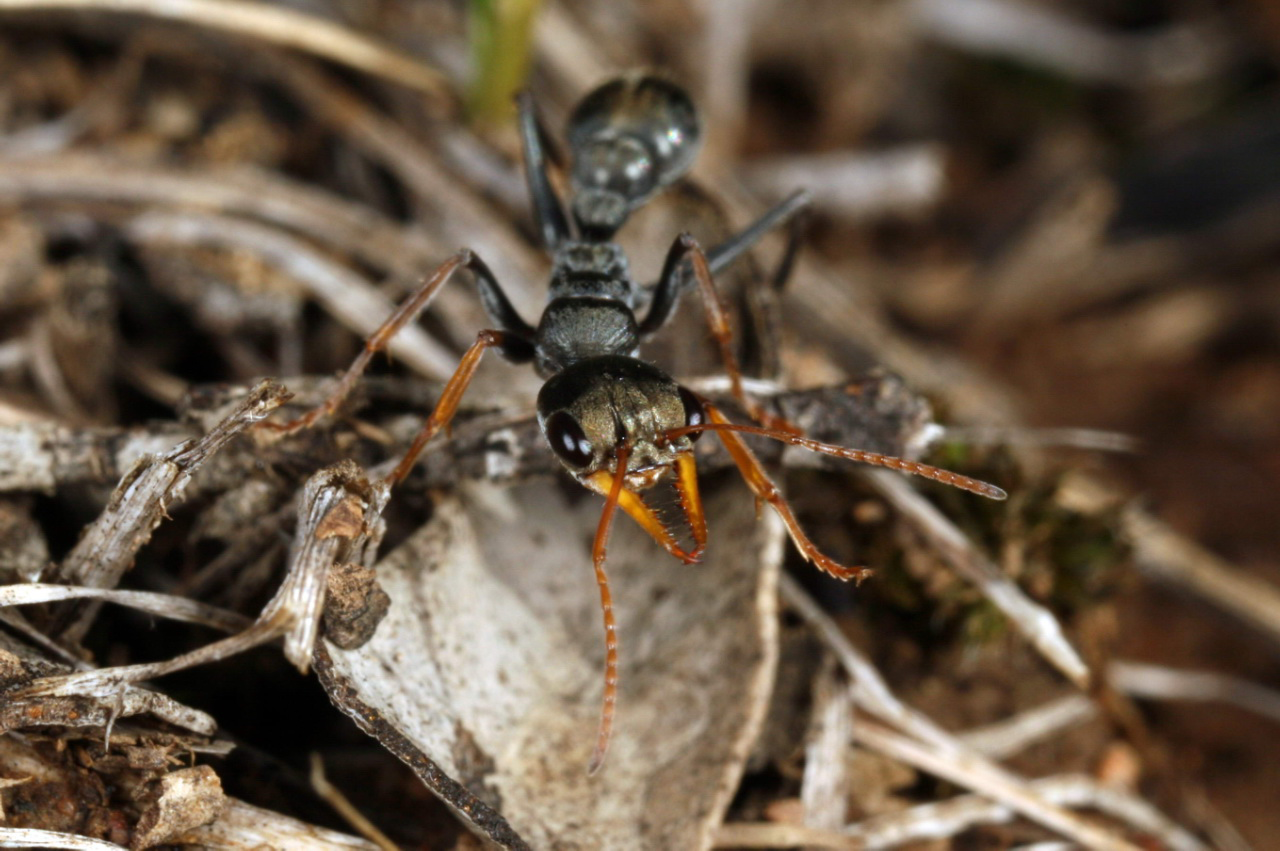
Jack jumper ants are notorious across Australia for their potent venom and explosive jumping ability. Their martial art is all about agility and surprise. When threatened, these ants can leap several centimeters into the air, delivering a sting so powerful it can cause severe allergic reactions in humans. Their fighting style is a blend of hit-and-run tactics and calculated strikes, using their legs to launch themselves at enemies and their stingers to deliver a crippling blow. Jack jumpers are feared not just by other ants but by much larger creatures as well.
Ant Armor: Defensive Adaptations for Survival
It’s not all about attack—Australian ants have also developed impressive defenses. Some species have tough exoskeletons that act like natural armor, helping them withstand bites, stings, and crushing blows. Others use chemical sprays to deter attackers, creating invisible barriers that protect their nests. These defensive adaptations are as important to survival as any fighting technique. Like martial artists who train in blocking and evasion, ants must balance offense with defense to stay alive in such a dangerous world.
Learning From Defeat: The Role of Experience in Ant Combat
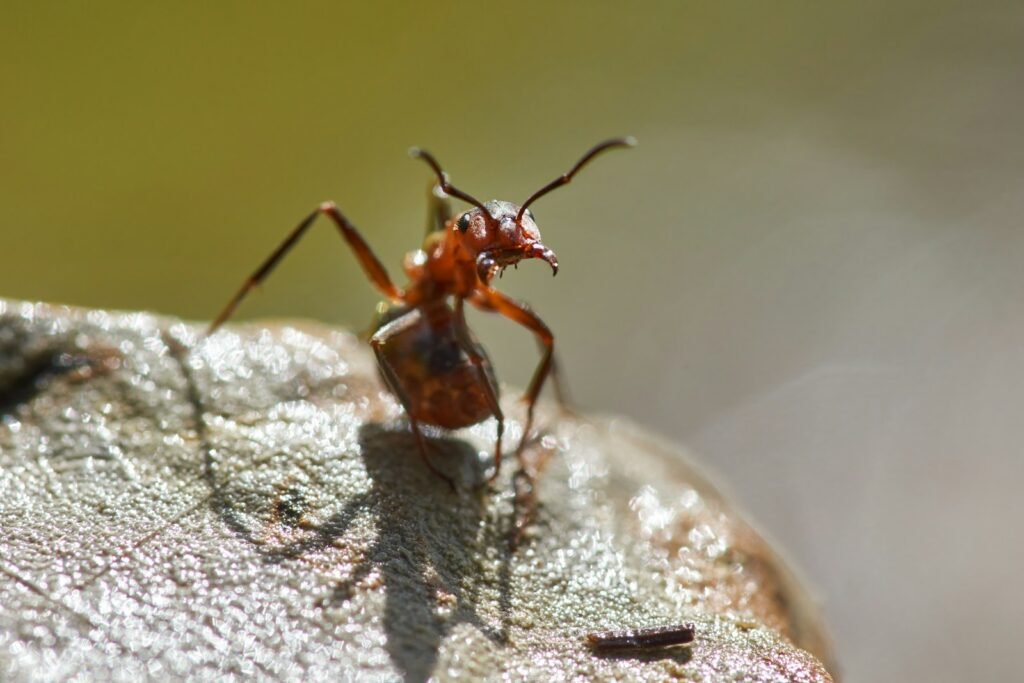
Ants aren’t just mindless fighters—they learn from every battle. Studies have shown that ants adjust their tactics based on previous encounters, remembering what worked and what didn’t. Experienced ants are often more cautious, using feints and strategic retreats to outmaneuver their foes. This kind of learning is rare in the insect world and suggests a surprising level of intelligence. It’s as if each ant is constantly refining its own personal fighting style, much like a martial artist perfecting their craft over years of practice.
The Broader Impact: Why Ant Martial Arts Matter
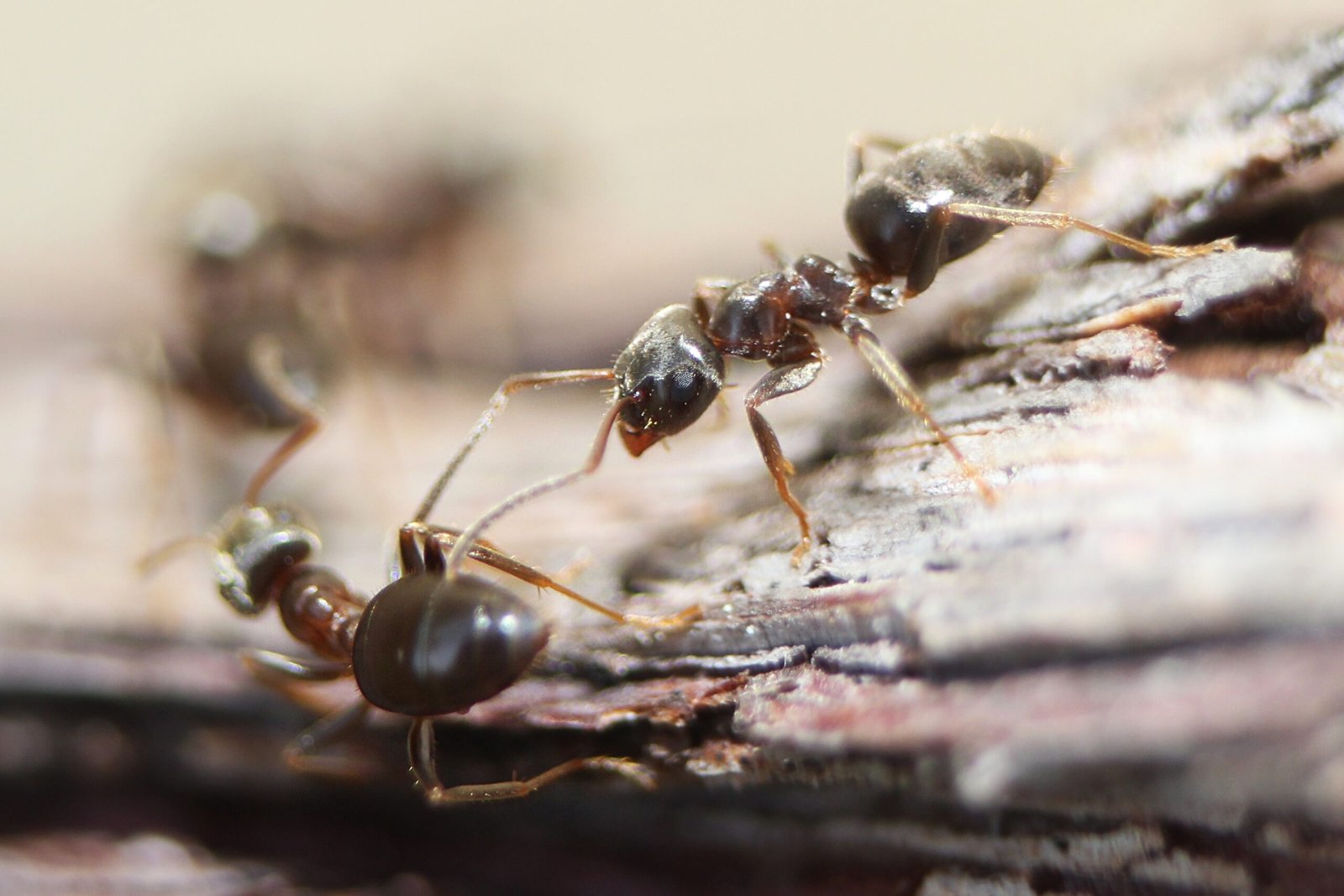
The evolution of these ant “martial arts” isn’t just a quirky story—it reveals how life adapts to extreme challenges. By studying ant combat, scientists gain insights into evolution, cooperation, and survival. These lessons can inspire new technologies, from robotics to medicine, and remind us that even the smallest creatures can teach us about resilience and determination. Ants show us that it’s possible to thrive in even the harshest environments by adapting, learning, and fighting together.
The Unseen Drama Beneath Our Feet
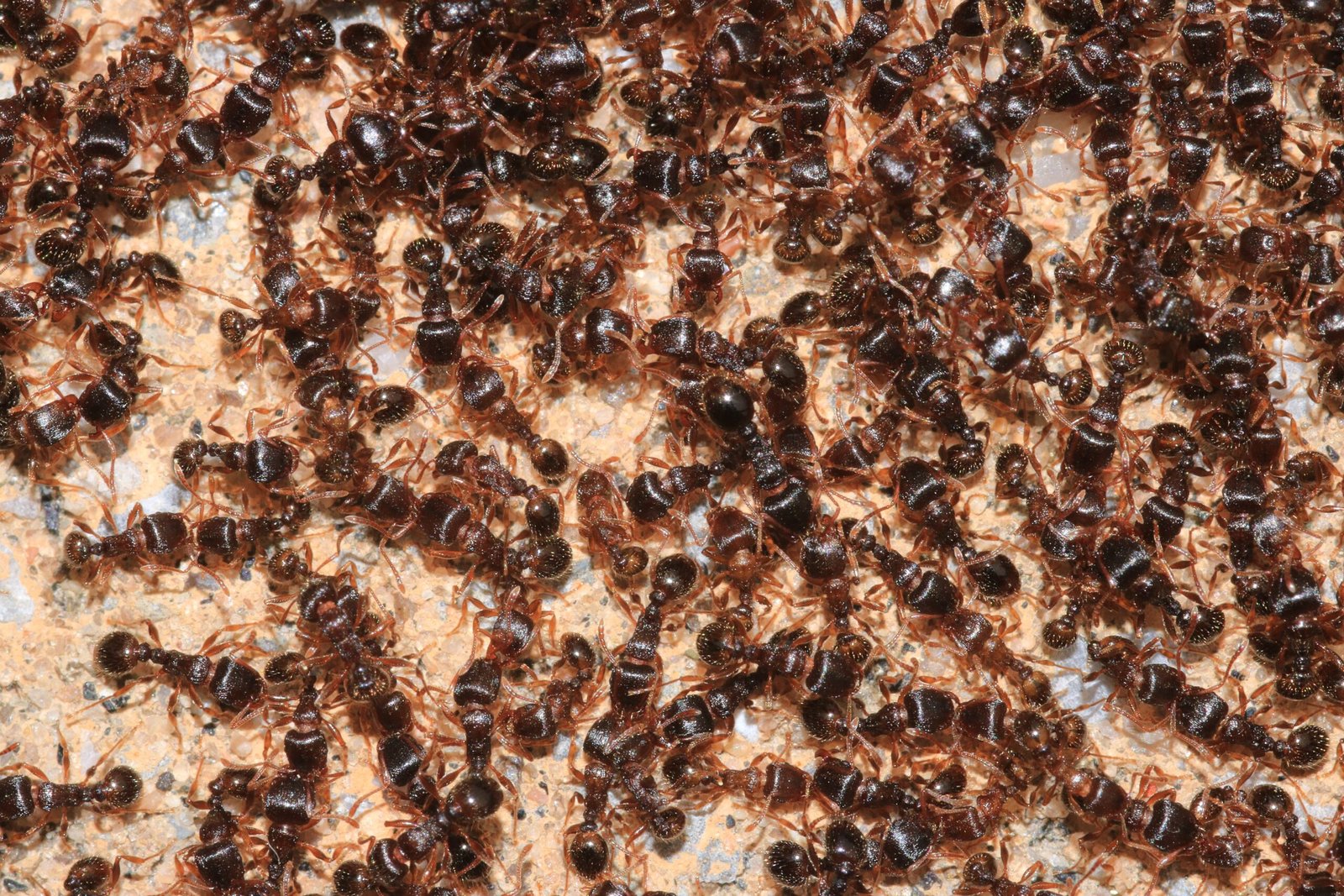
Every day, epic battles unfold in the grass, the trees, and the soil beneath our shoes. Australian ants, with their astonishing martial arts, remind us that nature’s most gripping dramas often go unnoticed. Their courage, creativity, and cooperation are a testament to the power of adaptation. Next time you spot a line of ants marching across the pavement, imagine the hidden world of strategy and struggle that lies below. What else might we discover if we look a little closer?




